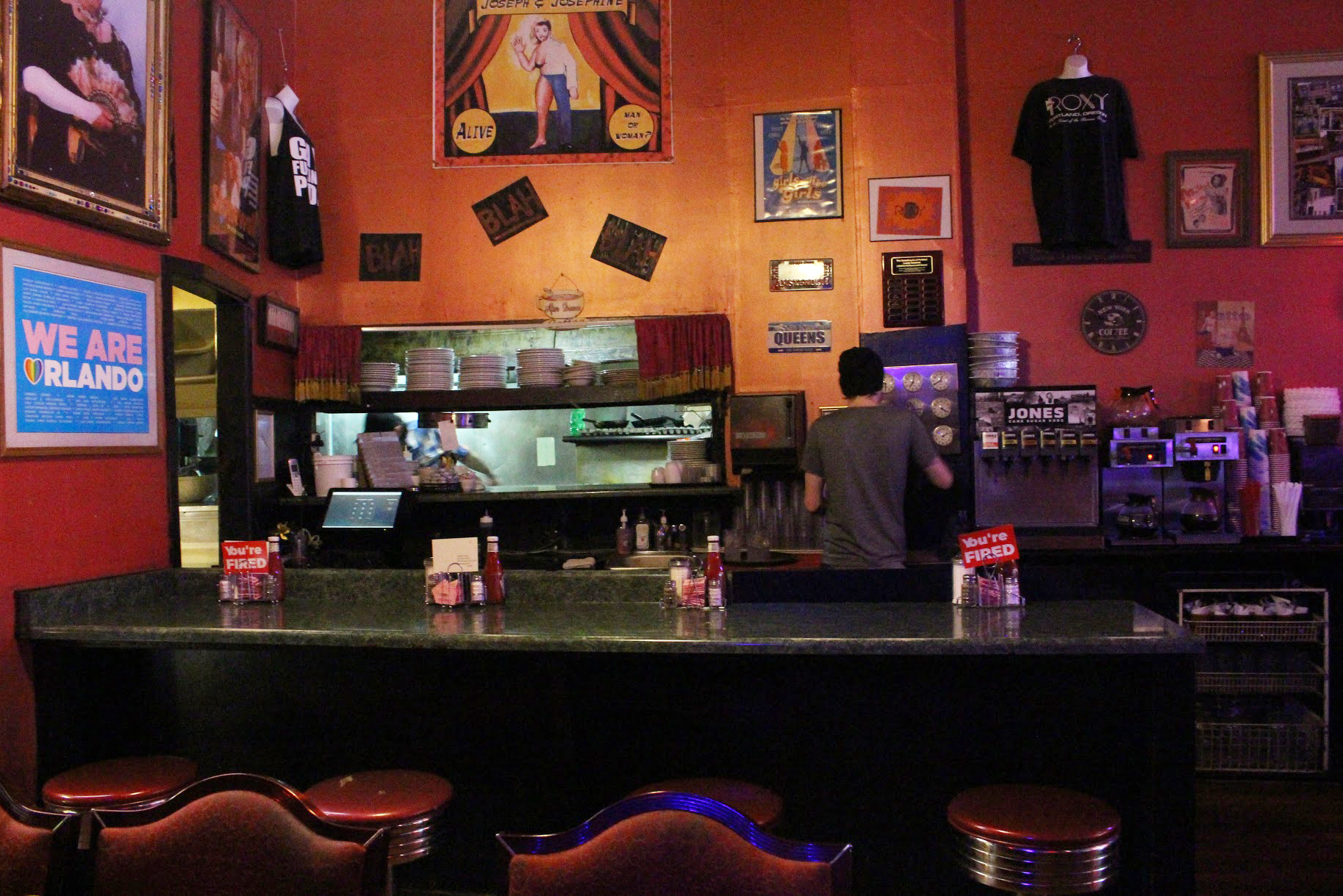Modular classrooms have been an increasingly popular solution for schools facing overcrowding, budget issues and fluctuating enrollments. Now, thanks to the Portland State School of Architecture faculty and students, the new modular classrooms at Portland’s Lincoln High School will address these issues while also providing a sustainable and healthy learning environment for students.
“The classrooms give students a healthy place to learn,” said Janna Ferguson, a student fellow in the Center for Public Interest Design at PSU and the project engineer. “The more I study architecture, the more I understand the importance of a healthy environment to both live and learn. A healthy environment leads to clearer and stronger minds, and educated minds are important for rising generations to have the capacity to address problems that arise worldwide.”
Many modular classrooms are constructed with cheap materials, have poor air quality, circulation and lighting, and often face issues with moisture and mold.
“These classrooms weren’t really built for thirty active kids inside of the space,” said Margarette Leite, the associate professor of architecture who led the project.
Proper ventilation was especially important to Leite given recent studies about its effect on our ability to think and make decisions. Researchers at the Department of Energy’s Lawrence Berkeley National Laboratory have found that high levels of carbon dioxide, as were often found in standard modular classrooms without proper ventilation, can negatively impact cognitive function.
“We’re basically putting them to sleep and making it very hard for them to think in these classrooms,” Leite said.
In contrast, the new Smart Academic Green Environment classrooms that opened at Lincoln High School on Sept. 24 were designed to be sustainable and affordable, featuring energy efficient ventilators, nontoxic paints, and large windows that provide ample natural light with little need for artificial lighting.
Because of these innovations in design, the state’s governor named the project an Oregon Solution in 2011. The SAGE prototype was introduced at the National Green Building Conference in San Francisco in 2012 and it was granted the SEED award for Social, Economic and Environmental Design in 2013.
This led to partnerships with contractor Pacific Mobile Structures, manufacturer Blazer Industries, Mahlum Architects, construction firm Ross Builders Northwest, and Portland Public Schools in order to eventually bring four of these buildings to Lincoln, the first public school in Oregon to use them.
While other modular classrooms have been designed with even higher environmental standards, such as the off-the-grid SEED energy-neutral classrooms, they are often very expensive. The SAGE classroom is meant to be affordable and therefore used by more students.
“Our focus was more providing a healthier classroom that lots of kids would benefit from,” Leite said. “We really wanted to address the issue with so many kids going into modular classrooms. Affordability had to be primary.”
Part of what allowed them to make the SAGE classrooms affordable was partnering with the manufacturers early on and working with their efficiency, such as the structural dimensions and height restrictions.
“We have to address the value we place on the spaces we put our kids in,” Leite said. “It’s up to us adults to make sure we’re not putting them in these temporary, uninspiring trailers.”
She said this project is about creating a healthier solution, but also a more aesthetic one. They were designed to be bright and cheerful. She wants students to feel valued by the spaces they learn and spend time in.
Another contributing factor to this project’s success was the integral role that PSU students performed in the design and construction. They were involved in the entire Oregon Solutions process, meeting with code officials, parents and students, and people from the school districts and building industry, all of which provided a challenging and rewarding learning experience.
Tucker Jones, a PSU Master of Architecture candidate, was one such student and the other assistant project manager during construction. He worked with subcontractors who were responsible for installing the units and was also involved in pouring foundation walls, craning in the classroom units, finishing the interior and exteriors, and assembling of the canopy system after installation.
“The most meaningful thing about the SAGE classroom is the fact that they provide an amazing and healthy learning environment for the students,” Jones said. “The classrooms are both functional and beautiful, and there is something brilliant about combining environmental sensitivity with human health. They go hand in hand, but there are not many projects making that connection so clearly.”






